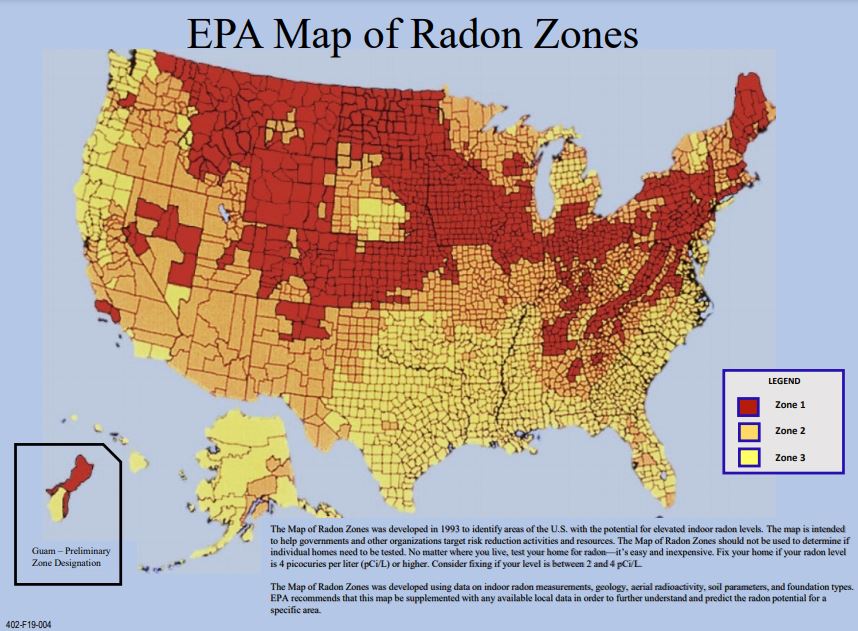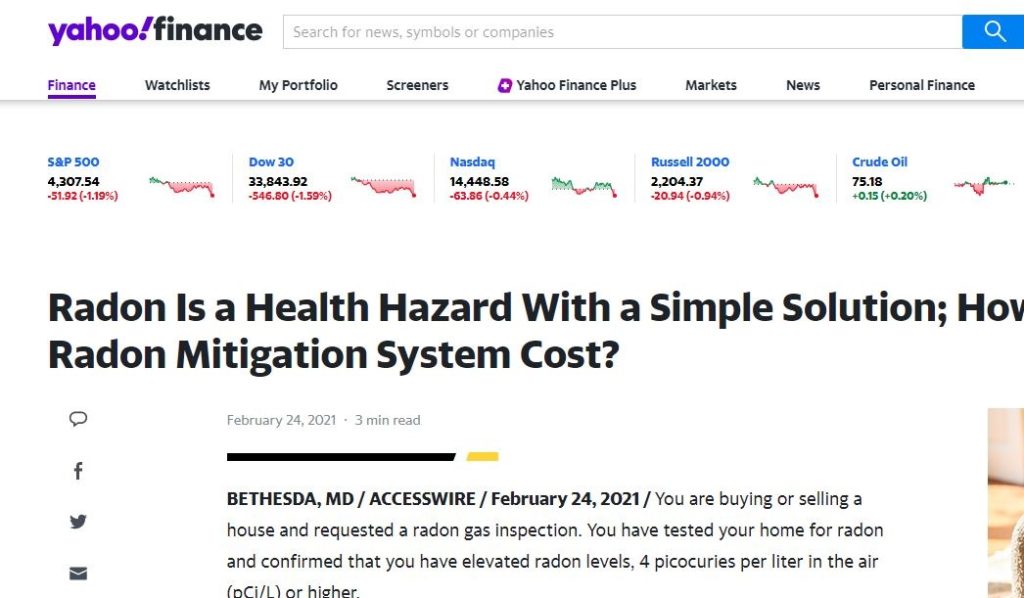Getting Rid of Radon
How does professional radon mitigation work?
Radon gas can be hazardous to our health if allowed to accumulate in indoor air, but there is no need to fear radon if the proper radon mitigation and radon remediation techniques are carried out. Getting rid of radon involves radon abatement as well as radon removal processes, which vary in cost depending on the severity of the issue. Radon problems can be solved quickly with a radon inspection, during which a professional will visit your home or workspace and diagnose any radon issues present. Following this, radon mitigation and radon remediation plans may need to be made in order to permanently fix the problem and make sure that radon levels remain low within your living space.
Tired of hearing about radon and its effects on your home’s air quality? Then it might be time to consider sub-slab depressurization, a system that uses suction pipes inserted through the floor or concrete slab. A radon vent fan then draws out the gas before releasing it outside – don’t forget to seal sump covers, holes and large cracks in nearby slabs for maximum vacuum pressure! Alternatively, you could try encapsulating crawlspaces with special plastic membranes followed by an HRV/ERV machine which exchanges indoor & outdoor air for freshness at every breath. So, take control of what’s coming into your home – get proactive today!
Why do I need to reduce radon?
Radon is more than just a dangerous gas – it’s an invisible killer. Seeping through the soil and into our homes, this radioactive byproduct of uranium can silently expose us to Alpha particles – microscopic bullets that wreak havoc upon deep lung tissue where they inevitably come crashing down on our DNA strands. But don’t panic yet! Research from the National Academies of Sciences shows there are ways for you to protect yourself against its harmful effects.
For more information on how radon can affect your health , see our frequently asked questions about the health risks of radon.
Can caulking and sealing my basement solve my radon problem?
Looking for a quick, easy fix to your radon problem? While it may be tempting to take shortcuts like caulking and sealing cracks in the walls or slapping on some paint, these solutions simply won’t cut it where radon is concerned. Because Radon gas gets sucked into buildings through porous surfaces – including cinder blocks and concrete due to natural vacuum action – making it near impossible for DIY solutions to have any lasting effect!it’ll find its way into your home through even tiny openings using “the thermal stack effect.” For lasting protection from this radioactive hazard, you need a professional abatement service. Don’t forget: 4 pCi/L or lower means safe living conditions for all!
Can I open windows or run a window fan to reduce radon?
Fresh air is essential and windows open can be a great way to let in some much-needed ventilation, but when it comes to reducing radon levels there are reasons why this isn’t the best approach. Keeping those windowpanes propped up all year round — even during our colder winters–can result in outrageously high utility costs while hot and humid summers could see no real sweltering relief at all! What’s more, once you close your sashes radon gas creeps back inside within hours right where it started; so as helpful as natural airflow through wide turned casements may seem – unfortunately they won’t help keep that nasty numero uno health hazard out for good. Plus, with an operating fan running circumspectly throughout the house, you run the risk of increasing negative pressure leading ultimately towards higher vacuum on soil – not ideal either we know! Which is precisely why investing into having a proper Radon Mitigation System fitted from scratch seems like by far the better solution after all…











